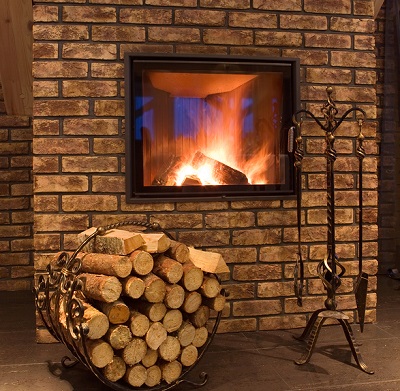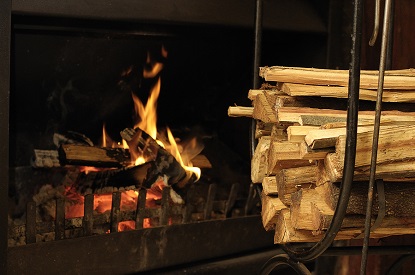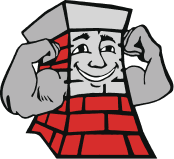Tips for Controlling Heat Output in your Fireplace
 A blazing fire can be perfect, as long as the weather isn’t too mild. It can be a challenge to use your fireplace during fall and spring months, when all that’s needed is to take the chill out of the air. There are some effective techniques that can be used to control the amount of heat produced by a fire.
A blazing fire can be perfect, as long as the weather isn’t too mild. It can be a challenge to use your fireplace during fall and spring months, when all that’s needed is to take the chill out of the air. There are some effective techniques that can be used to control the amount of heat produced by a fire.
Type of Fuel
All firewood should be seasoned, which means it should have low moisture content. It takes anywhere from six months to over a year for firewood to dry out sufficiently. Other than that, there are two basic kinds of firewood: hardwoods and softwoods. Using the right type of fuel can affect the output of heat of your fireplace.
- Hardwoods are dense and burn much longer, producing hot coals that can continue to burn for long periods of time. A few examples of hardwoods used for firewood are: oak, walnut, maple, hickory, and beech.
- Softwoods dry out faster than hardwoods and are approximately half the density. Softwoods, the best type of firewood to use for kindling, ignite more quickly and burn more quickly, creating nice, hot flames. Softwoods produce fine ashes with little to no hot coals left behind. Some examples of softwoods are: spruce, pine, cedar, fir, and redwood. Softwoods are very resinous, which is a feature that contributes to the wood lighting easily and burning quickly, with nice crackle and spark.
Density is the biggest difference between the two types of wood. Because pound for pound they produce the same amount of heat, it takes twice the amount of softwoods to produce the same amount of heat as hardwoods. For mild weather, burn softwoods. For cold weather and more heat production, burn hardwoods or a combination of both.
Amount of Fuel
When the weather is mild, build small fires. Use more wood, preferably hardwoods, and build a larger fire when it’s cold outside and you want your fireplace or wood stove to produce more heat.
Loading the Firewood

Another way to control the amount of heat produced by a fire is in the way the firewood is loaded. If all you want a fire to do is take the chill out of the air, such as in springtime and fall, here are some tips:
- Build a flash fire, which uses a small amount of wood that will quickly burn without smoldering.
- Use small and medium pieces of softwoods.
- Loosely stack the firewood.
To build a fire that will provide heat that lingers:
- Choose larger pieces of firewood. You can mix hardwoods and softwoods, but it’s important to have some hardwoods that will produce hot coals.
- Place the firewood compactly in the firebox so that flames and air cannot easily penetrate the load.
Remove Ash
The amount of ash in your firebox can affect whether the techniques for laying firewood produce the desired results. If there is too much ash, the fire can’t get a sufficient amount of air. Leave some ash, however, because it provides insulation.
Without a proper draft, fires cannot burn efficiently. Contact our chimney professionals if your fireplace and chimney isn’t operating properly, and you will be further equipped to control the amount of heat produced by the fires you build.
Northeastern Chimney, Inc
37 Cody Street, West Hartford, CT 06110
Phone: 860-233-5770


